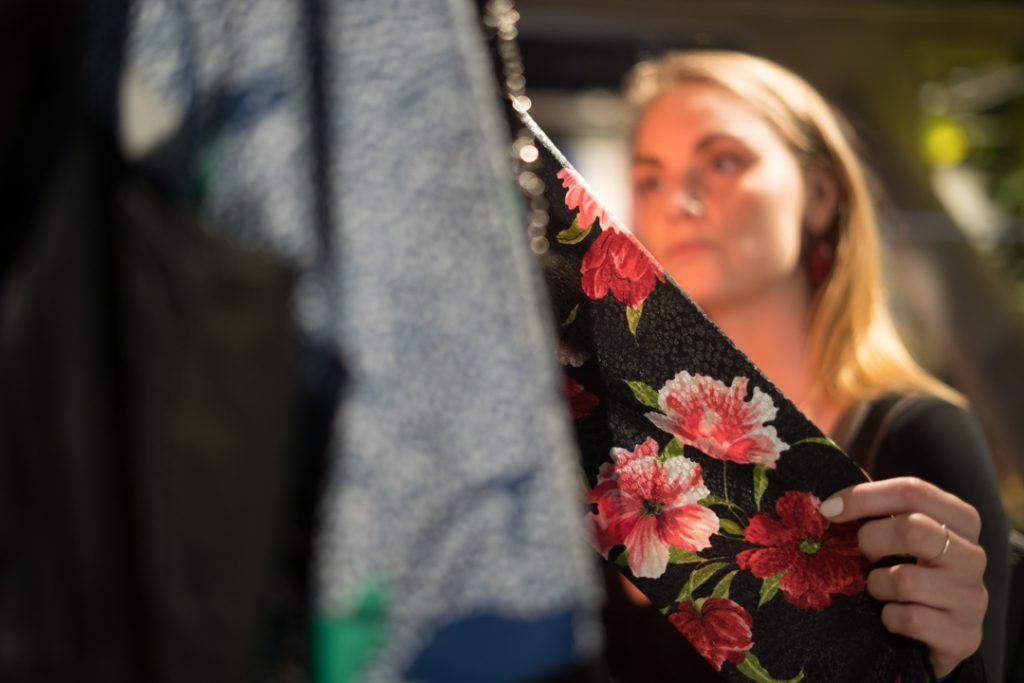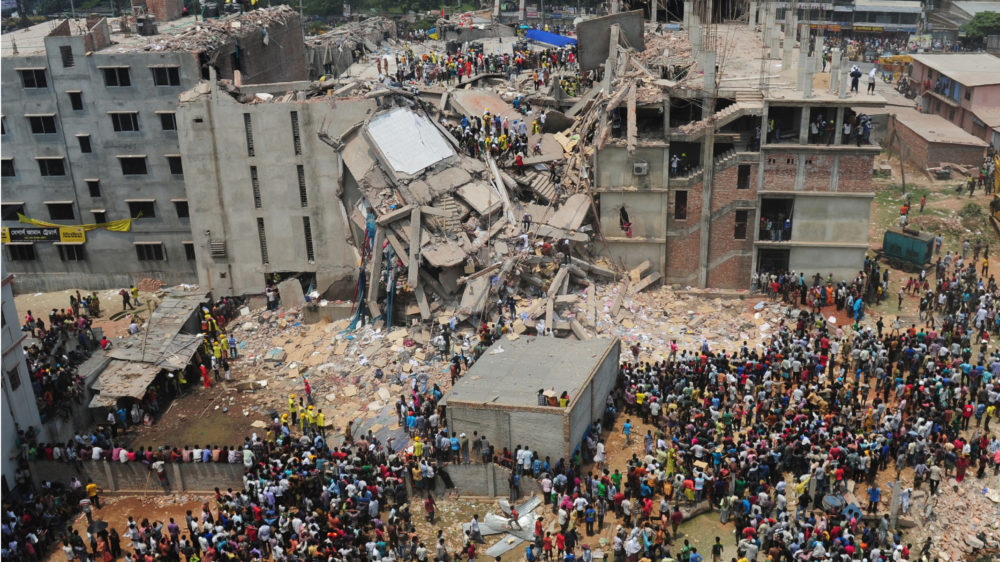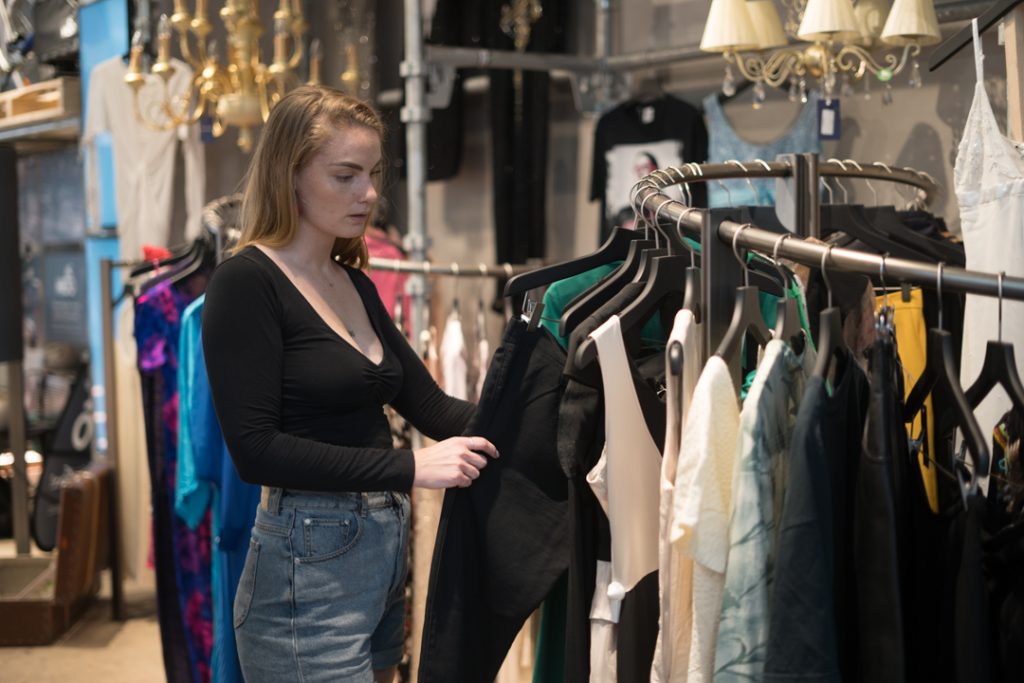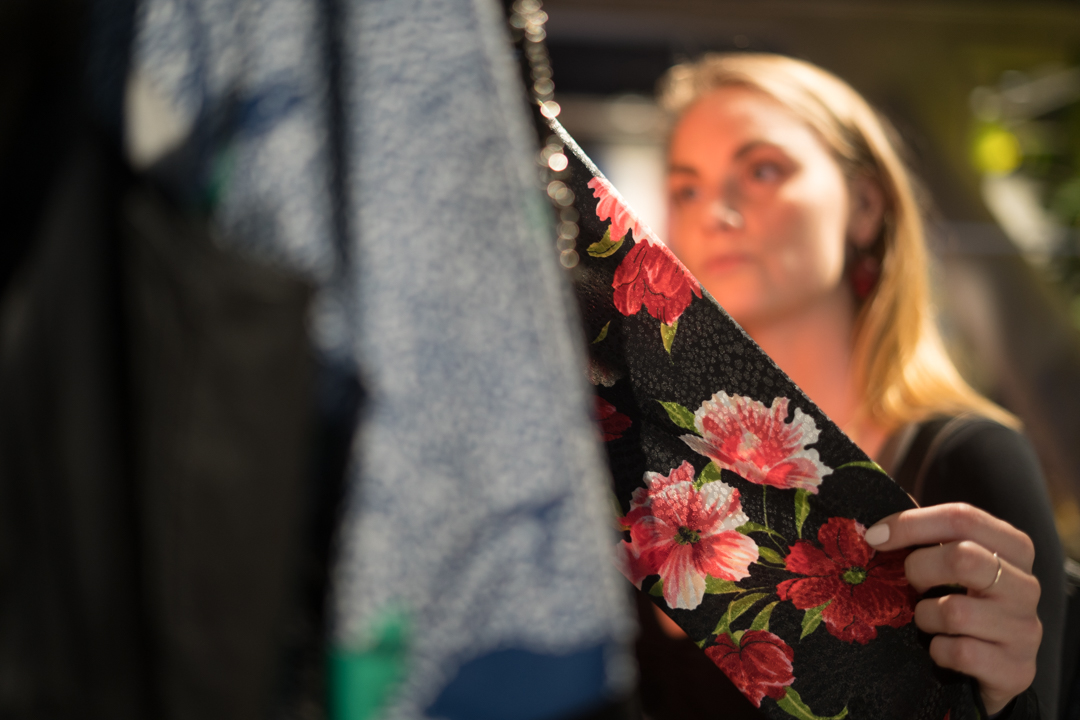Have you ever heard the term Fast Fashion or Slow Fashion?
Do you know what it means?
Not everyone might be aware of what Fast Fashion is, or on what scale it is destroying the planet with its pollution and massive use of new resources. So let’s take it step-by-step.
This is the first of a series of blog posts here about Fast Fashion and how to move away from it towards more sustainable and ethical options.
In this post I will go through what Fast Fashion is and how bad it is
Then I will make posts where I dig deeper into the different alternatives as well as bringing up some of the challenges of Slow Fashion.
So let us begin.
What is Fast Fashion?
Fast Fashion is a term used to describe how low cost brands quickly produce clothes inspired by new trends and put them in stores for customers to access for a low cost.
To keep customers coming back and spending more money, there are two main factors.
- They create new products and trends every week now compared to the 2 seasons SS/AW that used to be the standard.
- The quality of the clothes are often very low quality, making them break or look bad after a few washes. Since the prices are so low, it is also cheaper to buy new clothes than to fix the low quality ones you already have. Which is why Fast Fashion is also sometimes referred to as ‘Disposable Fashion’.
So another aspect of Fast Fashion is that the clothes not only moves fast from runway to the possession of consumers, but also to landfill.

Why is Fast Fashion bad for the environment?
The environmental impact, as with all things produced starts at the source of the resources and materials to the afterlife when the piece is going to landfill.
From growing cotton that needs an immense amount of water and the pesticides used to keep bugs away from the plants, to the harmful chemicals needed to turn bamboo into fabric, to the poisonous dyeing techniques to the millions of barrels of oil that are used to make polyester each year as well as releasing microplastics into the water when washed.
“The apparel industry accounts for 10 percent of global carbon emissions and remains the second largest industrial polluter, second only to oil. Fast fashion items are often worn less than 5 times, kept for roughly 35 days, and produce over 400 percent more carbon emissions per item per year than garments worn 50 times and kept for a full year.”
Some fast facts:
- A pair of jeans produces as much greenhouse gases as driving a car aprox. 130km.
- It takes 2,700 liters of water to make one cotton shirt, enough to meet the average person’s drinking needs for two-and-a-half years.
- Textiles account for 34,8% of global microplastic pollution.
- A garment is worn just 4 times on average.
- 20% of global industrial water pollution comes from the treating and dyeing of textiles.
- It’s estimated that we make 400 billion mᒾ of textiles annually. 60 billion mᒾ is cutting room floor waste.
- Less than 1% of collected clothing is truly recycled into fresh textiles.
- Clothing consumption produces 1,5 tonnes CO₂ x household x year.
Ethical aspect of fast fashion
There are 75 million people working to make our clothes, 80% of them are women between the ages of 18 and 35.
The majority of these people live in poverty, being paid less than a living wage while also often exposed to verbal and physical abuse and working in unsafe conditions.
In Bangladesh which is one of the most common places for garment factories for Fast Fashion brands, a living wage is around $340/month but the average clothes maker makes only $68 per month. A fifth of an income needed to provide a decent standard of living and for a full-time worker to have enough money to live above the federal poverty level.
Not to be confused with minimum wage. This setup often puts the workers in a poverty trap from which is basically impossible to get out of.
And let us not forget the health risks for those working in the fields with toxic pesticides or with carcinogenic dyes or treatments like for example chromium which can cause lung cancer, stomach ulcers and anaemia.
The lands around the factories also get poisoned and those who are affected by that are often those who work there. The Daily Mail revealed tanneries in Dhaka dumping 22,000 litres of toxic waste into the Buriganga – every day.
Deaths in the fast fashion industry is unfortunately not a rare occasion.
Rana Plaza Collapse
On 24 April 2013, the garment factory Rana Plaza building in Dhaka, Bangladesh collapsed. 1,138 people died and another 2,500 were injured, making it the fourth largest industrial disaster and the deadliest garment-factory incident in history.
There were 5 garment factories in the building all manufacturing clothing for 31 big global brands.
The majority of these multibillion dollar companies were extremely resilient to together donate a total of $30 million for the victim’s families. An amount that took 2 years to reach. Comparing that to the €300 million pledge for the rebuilding of Notre Dame by two fashion billionaires within a day of the fire makes one ashamed of humanity.
Some of the clothings brands that are still to have donated any money to the ones who suffered from the disaster are Carrefour(French), NKD(German), J.C. Penny(American) and PWT(Danish).

So how do we stop this?
First of all, we stop funding the companies doing this. We need to stop buying products by the brands responsible for this inhumane model of business.
I know this might seem bleak and seem hopeless, but there are more than plenty option to how we can solve this.
Some of the topics I will dig deeper into in this series is:
- Second hand
- Renting
- Mending and repairing
- Upcycling
- Materials
- Accessibility
This and much more to come the following weeks.
If you want to learn more while you wait for the next posts, I recommend you to watch the eye-opening documentary The True Cost. It’s available on Netflix or to download on their website TrueCostMovie.com

For more posts about Fast Fashion check these out:
PLASTIC CLOTHING – Pros, cons and how to deal with micro plastic pollution
CLOTHING: Which materials are the best and worst? – A sustainable fashion material guide
NOT BUYING NEW CLOTHES? Here’s what you can do instead
HOW TO MAKE YOUR CLOTHES LAST LONGER
HOW TO SHOP SUSTAINABLY – When you are living a very busy life

This post was written by our blogger Evelina Utterdahl. You can read more about her here
sources:

I found this article a very much contribution in climate change.It is inviting all of usto think ,how we are participating in destroying our environment and give us simple way to try and take a step forward in change.When we all join hands definitely it will make a difference. Applause Evelina keep it up waiting for next upcoming blog regarding this.Thanks for efforts.
Thank you so much, Shaista! I hope this series will give tools to make is a lot easier for people to make the change to move away from fast fashion. /Evelina